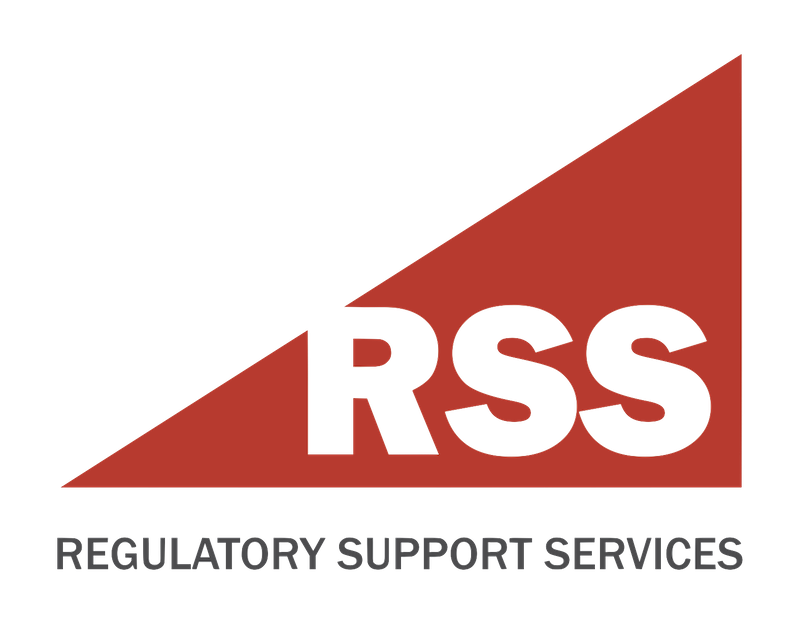- Have any questions?
- 804-784-7347
- mail@regulatorysupportservices.com
How to Plan for Flu Season in Your Business

How to Comply with HIPAA When Working with Contractors
September 3, 2021
The Funeral Rule : Use of Alternative General Price Lists for Special Groups
September 16, 2021Flu season is coming up. Yes, yes, I know that COVID-19 has taken front and center stage at this moment in time – for good reason. But consider that there are other types of viruses, flu and bloodborne pathogens for which you must design systems and protocols within your business operations to keep our employees, contractors, and clients safe.
Resources are available to you from the Department of Labor’s Occupational Safety and Health Administration (OSHA) as well as from the Centers for Disease Prevention and Control (CDC) and we are here to shine light on them. Several OSHA standards and directives are directly applicable to protecting workers against transmission of infectious agents. These include OSHA’s Bloodborne Pathogens standard (29 CFR 1910.1030) which provides protection of workers from exposures to blood and body fluids that may contain bloodborne infectious agents; OSHA’s Personal Protective Equipment standard (29 CFR 1910.132) and Respiratory Protection standard (29 CFR 1910.134) which provide protection for workers when exposed to contact, droplet and airborne transmissible infectious agents. And, of course, OSHA can always support its aim to protect workers and others from the transmission of infectious diseases through enforcement of existing applicable OSHA standards and the General Duty Clause.
As you may already know, the primary routes of infectious disease transmission are contact, droplet, and airborne. Contact transmission can be sub-divided into direct and indirect contact. Direct contact transmission involves the transfer of infectious agents to a susceptible individual through physical contact with an infected individual (e.g., direct skin-to-skin contact). Indirect contact transmission occurs when infectious agents are transferred to a susceptible individual when the individual makes physical contact with contaminated items and surfaces (e.g., doorknobs, patient-care instruments or equipment, examination room surfaces).
There are some basic precautions you can take that can protect workers during the flu season. All employers can and must implement a combination of controls to protect workers and reduce the transmission of the seasonal flu virus in the workplace. Some workplace controls include:
- encouraging sick workers to stay home;
- promoting hand hygiene and cough etiquette;
- keeping the workplace clean; and
- addressing travel concerns.
Develop a policy for staff and clients who become ill in your place of business. Useful CDC resources include the following: Stopping the Spread of Germs at Home, Work and School, and Hand Hygiene in Healthcare Settings. Also, consider developing a policy which addresses how to deal with workers and clients who may be ill with the flu and communicate it to your workers. See CDC’s Seasonal Flu Information for Businesses and Employees for information about how to develop this type of policy. Determine who will be responsible for assisting ill individuals in the workplace and make sure that at least one person can serve as the “go to” person if someone becomes sick in the workplace. Consider how to separate ill staff members from others, or give them a protective mask to wear, until they can go home. The CDC has also identified groups that have a higher risk for complications from seasonal flu (e.g., elderly, pregnant women, small children, persons with asthma, etc.).
Promote hand hygiene and cough etiquette. Taking actions such as posting signs that tell staff, visitors, and clients the steps for proper hand hygiene and cough etiquette and making sure that staff, visitors, and clients have easy access to supplies such as:
- “No touch” wastebaskets for used tissues
- Soap and water
- Alcohol-based hand rubs
- Disposable towels
- Cleaning and sanitation materials
Train your staff about how flu can be transmitted in the workplace and what precautions they can use to prevent transmission. Provide information about the following:
- signs, symptoms, and complications of the flu
- policies and procedures for reporting flu symptoms, using sick leave, and returning to work
- their choices relating to vaccination
- required work practices
In addition to these resources, know that Regulatory Support Services is always just a phone call or email away should you need help in developing a compliant and effective plan for your business. You care about your business; we care about helping you keep your business compliant.




